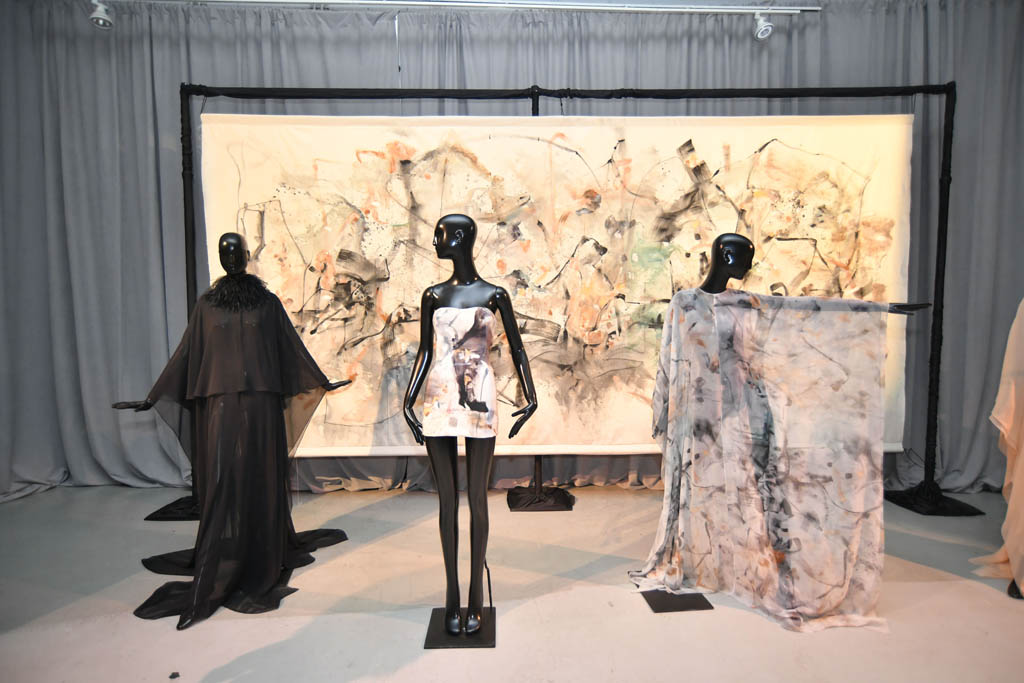
Venü speaks to seasoned professionals across industries and disciplines to discuss the platform of art for creatives and collectors.
“The aim of art is to represent not the outward appearance of things, but their inward significance.” – Aristotle
KOLTSON
Robert Rodriguez | Creative Director + Founder
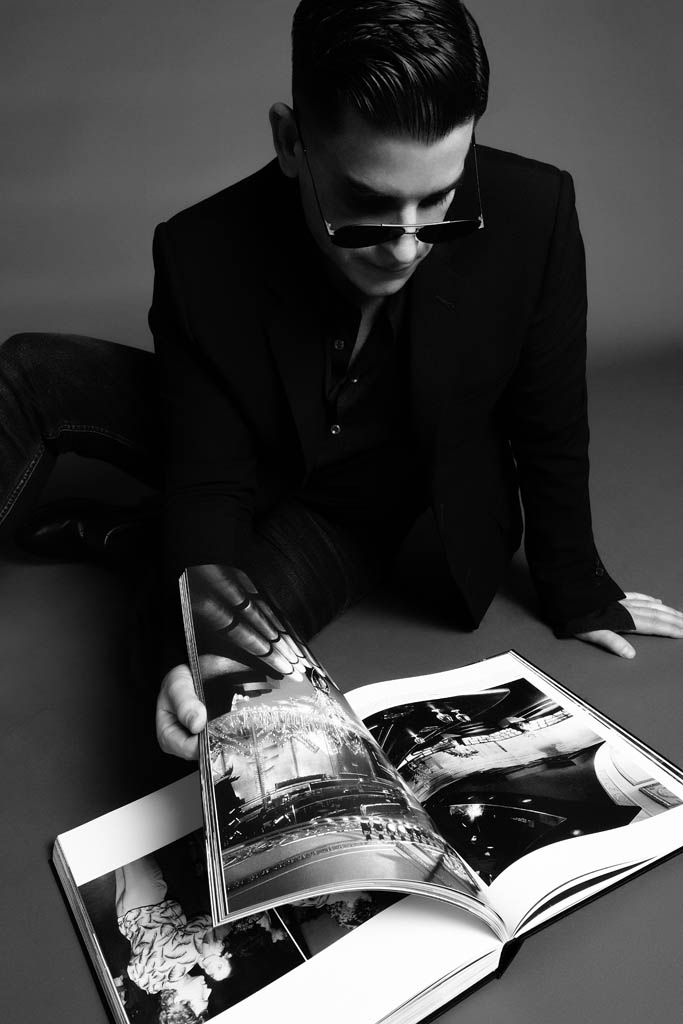
Robert Rodriguez
I love art, I love fashion. To me, it’s the marriage between both. There’ve been a lot of collaborations with different designers and artists, so I’m not the first, but I wanted to do something that united both more substantially. Not only showcasing artists but also collaborating and creating collections and textiles based on what the artist is doing. We all needed to collaborate, and we did it together.
There are so many collections out there, but the consumer is looking for something new that they connect with. I wanted to create unique, collectible pieces that became their own works of art. They are not just designed to be worn once. You will want to hold onto and appreciate them as you would art. The Fall/Winter 2023 designs included reworking the iconic kaftan, for example, which has been a timeless staple in fashion for decades and will stay in style. It’ll hold its value because it’s a unique capsule work of art. It’s more of an art collector’s item.
www.instagram.com/robertrodriguezofficial
ALEXANDER TEAM
Oren Alexander | Co-Founder
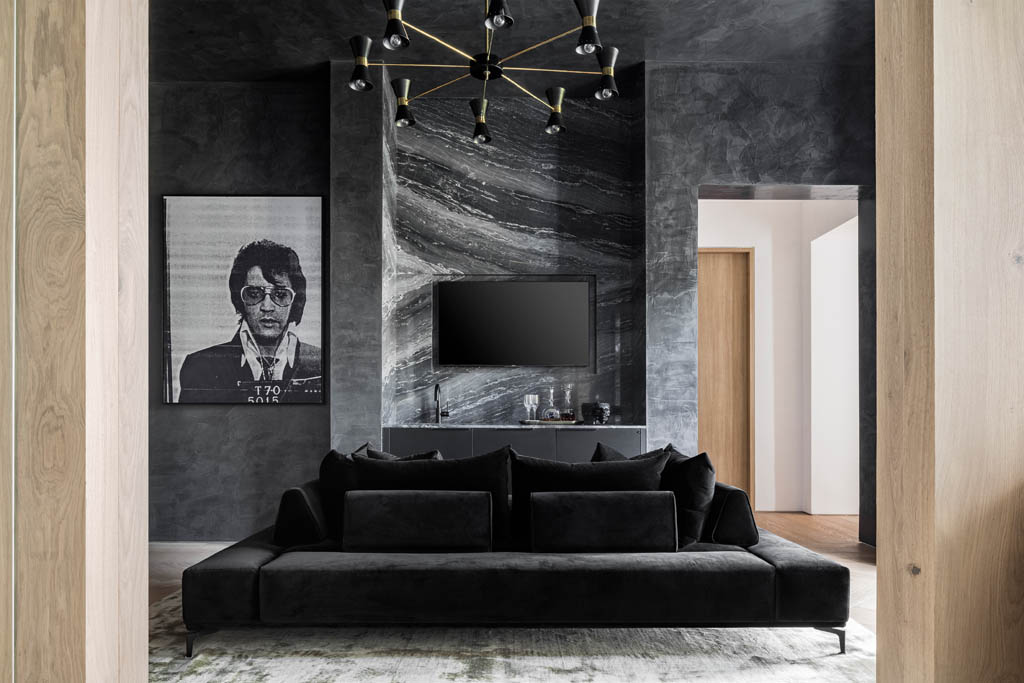
Photo by Kris Tamburello
Generally, having a space that feels livable, or turnkey adds much value. People are looking for places and spaces that they can move right into. This starts with everything from the furnishings to the art. When a person walks into a room- how it feels and looks aesthetically plays into their perceived value of a space. That’s everything from the smell to the right amount of light that comes into a place. All these things play a part in selling a home. And, of course, the walls with quality art that a buyer recognizes and feels connected to are on par with the home’s value, which helps make the sale. If you ask what the common denominator between most of our buyers and, obviously, when I say our buyers, meaning the buyers of the price points we typically sell to, which is $10 million and up, is that most are collectors, most collect art. They look at their home as the number one place to display art. The blue-chip artists I see most among our clients’ collections are Richard Prince, Christopher Wool, Warhol, and Basquiat. These artists are staples among a lot of my clients. When I see homes with more emerging artists amongst the people who I know are top collectors, I realize and respect them a little more as it takes a lot more research and knowledge in the market to collect. Those pieces can be a lot more interesting. I enjoy seeing a lot of emerging artists in people’s homes.
ABOVE THE FOLD
John Patrick | Founder
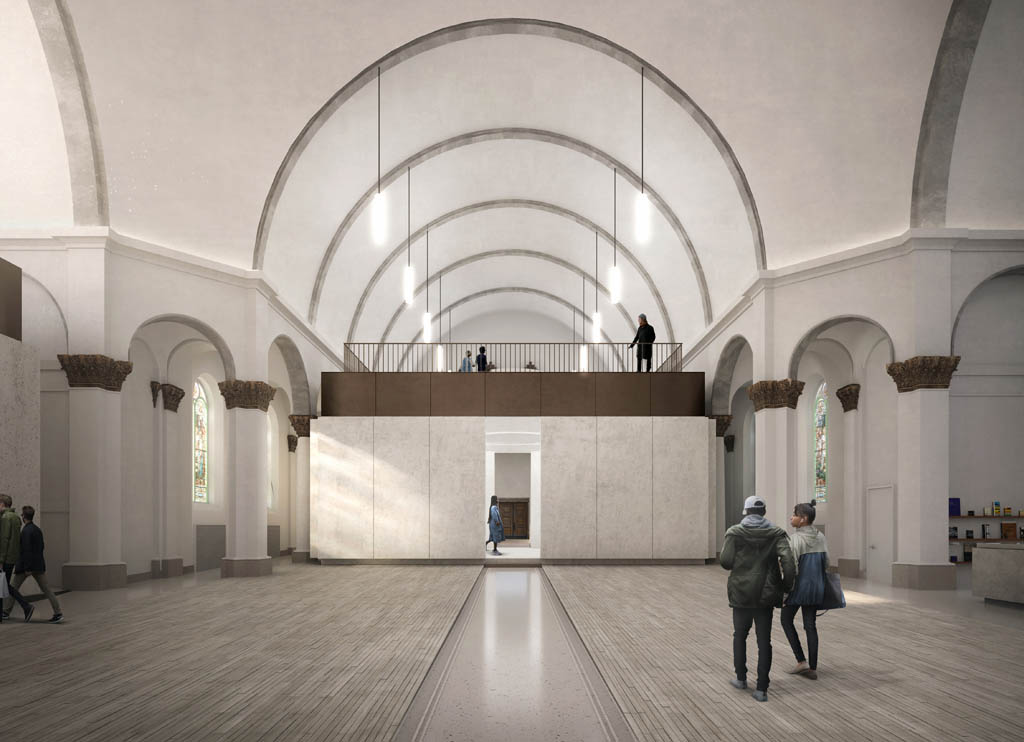
Projects like this new public arts campus in Detroit exemplify ABOVE THE FOLD’s unique approach to curating project teams that bridge the gap between architecture & design, talent, and clients. — “The Shepherd”, Rendering by Conica Studio
I think the Business of Art would benefit from “less safe” architecture. This is to say, of all client and project types, cultural institutions especially should commission the next generation of architects to move the needle forward. If you look at architects’ best museum projects, more often than not, it’s the first one. Also, people are generally less excited about the second, third, and fourth of the same project type by the same architect. It’s like Jennifer Aniston doing another rom-com or Calvin Klein designing another boxer brief. Sure, they have the qualifications and know what to do, but would it really move film or fashion forward?
RELEVANT COMMUNICATIONS
Allison Zucker-Perelman | Founder & CEO
Allison Zucker-Perelman
Art mirrors Society: Overall, the Art Marketplace always reflects the current climate in business and culture. As a publicist for celebrity artists, I will tell you that our model of “In Gallery” and “Live” virtual art experiences in which a guest/patron/collector can interact with the artist and experience the narratives of those works firsthand is Gold… And a business model that has made my firm, Relevant Communications, quite successful over many decades.
I’d like to weigh in on the following: Buy Important Art. The qualification of the word “Important” can be interpreted as follows: If you are building a collection: start young and buy what you like, listening to the advice of a Fine Art Professional. Work with an Art Consultant or Gallerist from whom you trust, admire, and take counsel: and buy artworks, sculptures, and designs that make your heart sing. Secondly, Important art is not about the dollar figure but simply about what you love.
www.relevantcommunications.net
ARTREPUBLIC GLOBAL
Jessica Santiago| Founder & CEO
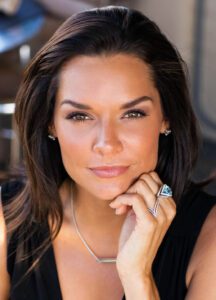
Jessica Santiago
Art opens the door to innovation in all sectors and allows us to communicate resonant ideas. For many years we have talked about the need for art to be more accessible. With the exponential growth of technology, not only has art become more accessible, but the ability to be an artist has as well. It is more important than ever that artists master the basics: composition, color theory, an original theme, and style that is woven into all they do. Share a message that needs to be heard.
Every significant movement was brought to life through patronage. The act of patronage for this generation has evolved with brands, visionaries, and young collectors leading the way by collecting and supporting the production of new works and dialogues. I encourage collectors to understand that when collecting work from an emerging artist, you buy into where you believe that artist’s life will go. When you take this perspective and invest in building a relationship with the artist, you experience the true essence of art, a joyful life.
Collaborating with a relevant artist, combining the artist’s perspectives and values with the organization’s expertise, is an effective way for a company to increase brand awareness and engagement, create quality marketing content, grow the business, and be heard. All organizations understand the importance of inclusion and diversity. Only some of them take on projects that bring it to life. Art is a diverse range of human activities intended to be appreciated for its beauty and emotional power. If Inclusion and Diversity are built into your organization’s values, how do you show it? What do people feel when they step into your workspace? How does the city you call home resonate in your hallways? Besides being in the community, how is your organization telling the story of the community?
Furthermore, every major company, brand, and administration could benefit from having an artist in residence to visit regularly, challenge the premises and bring new perspectives to drive company innovation.
MVC COMMUNICATIONS
Melissa Veniero Ciavirella | Founder

Fashion and art have always been intertwined, but what’s really missing is the element of collaboration. So often, art inspires designers and reinterprets what they see in their designs. However, a true collaborative partnership is lacking. A collaborative process is where the artist and designer have a shared vision and mood board, and each interprets that into their work – cross-inspiring one another and literally intertwining the art within the fashion.
https://www.instagram.com/mvc.communications
ARTLINK
Catrina Kahler| President & CEO
Oscar De las salas | Gensler, Business Development & Honorary Board Director
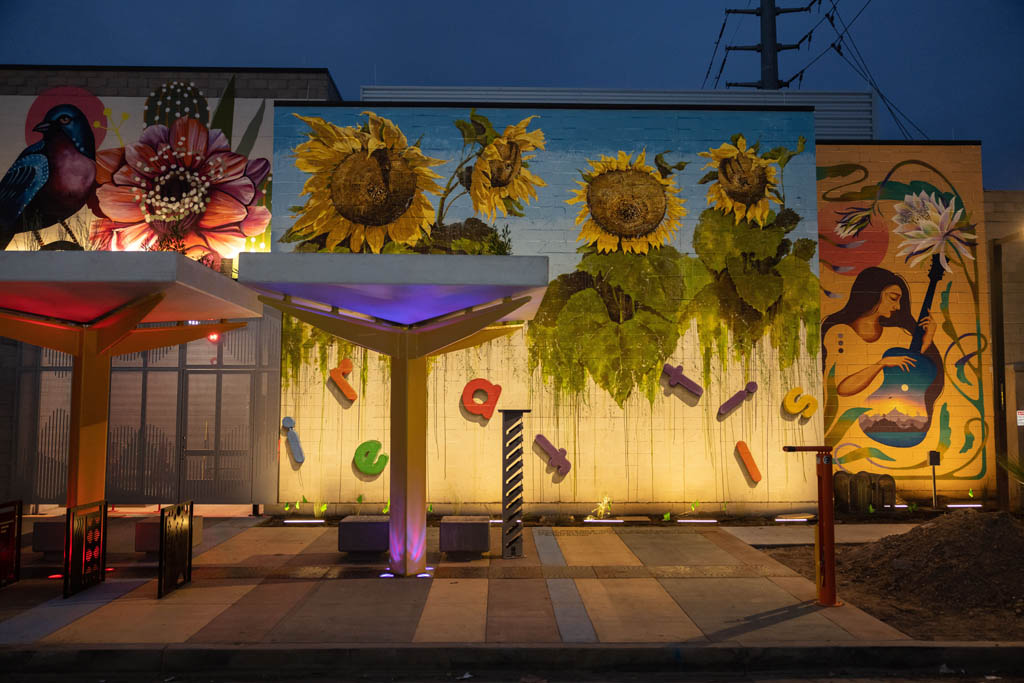
Photo by Zee Peralta
We are a non-profit. Our lens is with a community mindset firmly in place. We’ve been around for 35 years now. Our history and organization were started by artists, by visual artists, specifically in the heart of downtown Phoenix. From that point forward, the interconnections of Artlink engage in community development, economic development, arts and culture, and artist development.
The typical conversation in the world of art, in the history of art, it’s easy to point to the Renaissance or earlier in the 20th century, etc., that artists are constantly at the forefront of what is happening. Do we doubt that Michelangelo would not have decided to do NFTs now if that was available to him? Every artist that comes to mind historically and today is not just coming out with their own perspective and desire to communicate and express themselves in the way they can, but to serve and challenge perception. In terms of value, their contribution to society should be appreciated perhaps a little more. In the physical realm of a city, often in parts of a town where artists go first, they see the potential; they know what can be created and understand how to connect and evolve.
Where fashion was once very elitist, architects have now become the new fashion designers of the modern world. A natural process that has been in humanity for centuries. We, as designers, have just tapped into it today because we have famous branding. I can’t imagine returning to the Renaissance period wearing a Michelangelo gown to a party. The only expression that comes to mind is the Renaissance era, the utmost expression of art attached to civilization. Everything from culinary arts to poetry to architecture to art was all related to the moment of an extravagant art production. Many architects have dipped into fashion as part of their branding. Zaha Hadid has designed and collaborated with fashion houses such as United Nude. This goes back again to the essence of what Catrina just talked about. The Artists collaboration. When you have established artists or a new artist from a different discipline, the collaborative results are incredible and create a new frontier.
JAYARAM LAW
Vivek Jayaram | Founder + Partner
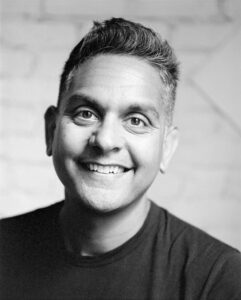
Vivek Jayaram — Photo by Lucka Ngo
We believe someone’s highest calling is to manifest a reflection of what makes that person special, and then share that reflection, be it a work of art, product, a service, brand, or a way to effect positive social impact. This understanding, along with our expertise in intellectual property, has allowed Jayaram to gain extraordinary trust throughout the creative fields of art and technology over the past 15 years. That’s also why we’ve found ourselves front and center in the burgeoning creator economy. More than ever, artists and innovators are finding themselves in major collaborations and brand deals, requiring nuanced strategy around IP. As our world continues to integrate digital more than ever before, many art lawyers struggle to grasp certain concepts in new technologies, and tech lawyers don’t always understand the nuances of the art world. But because we’ve been working at this intersection for a very long time, this entire moment — this creator economy and its adjacent ecosystems — is a natural evolution for our practice.

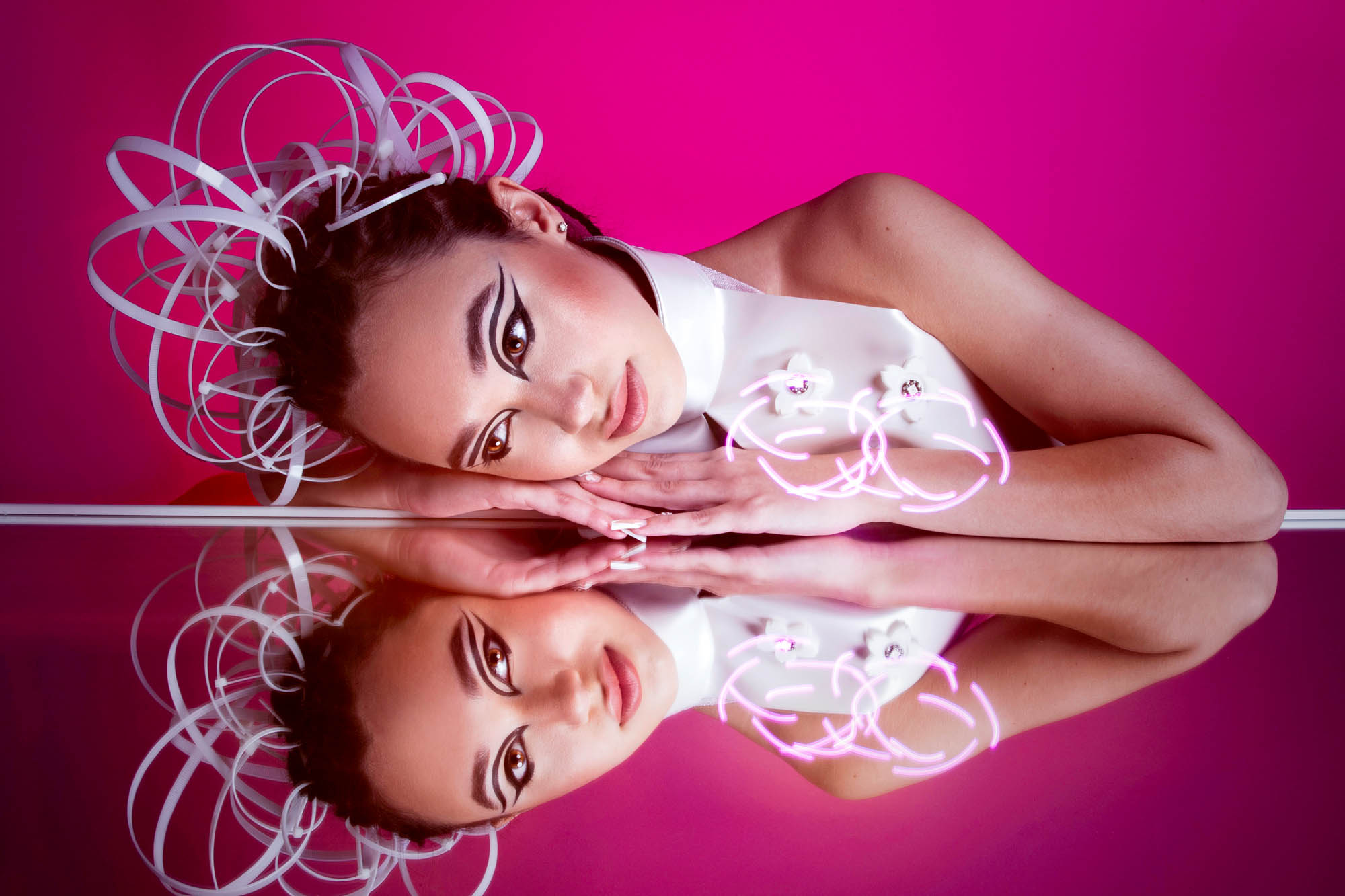

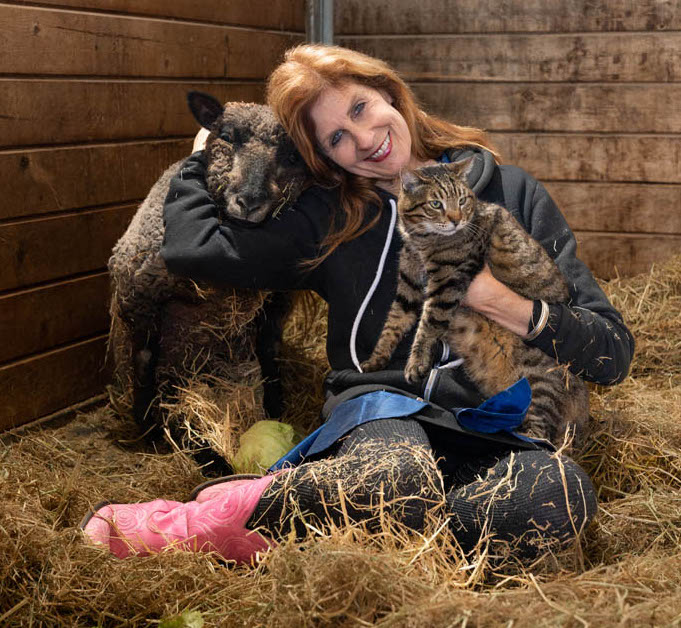
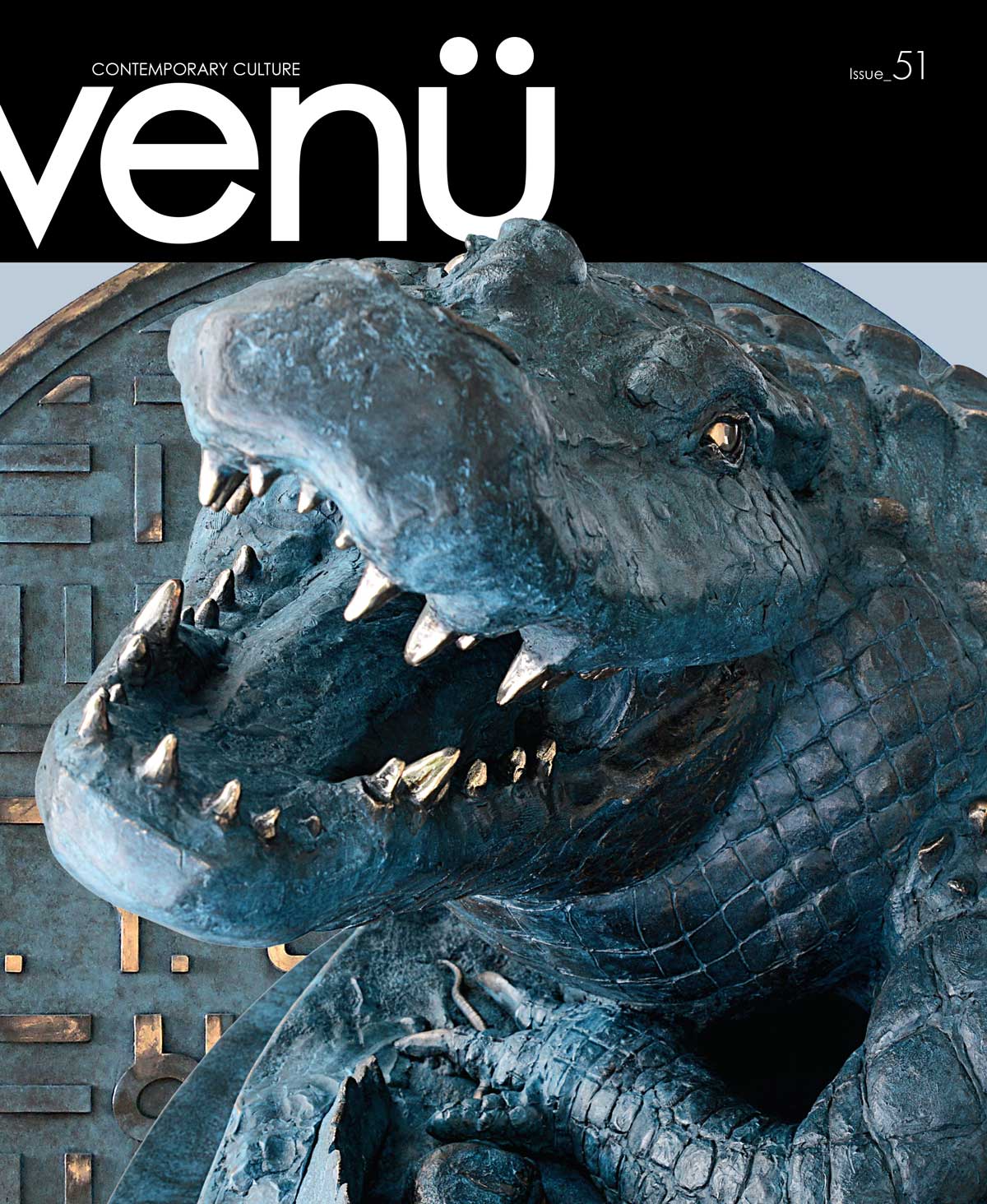
Leave a Reply